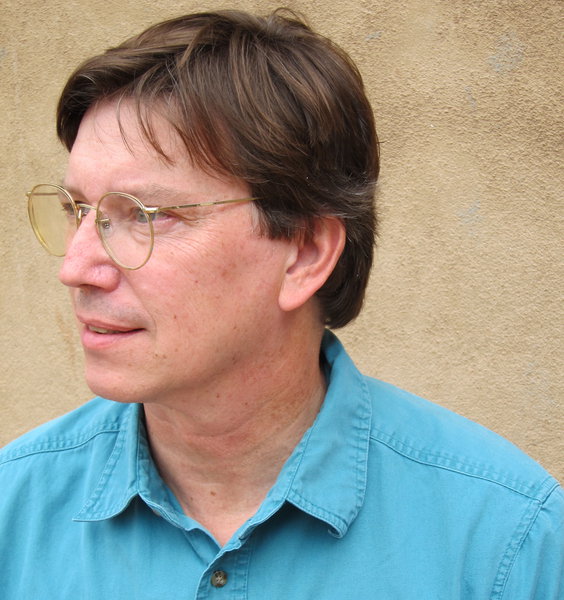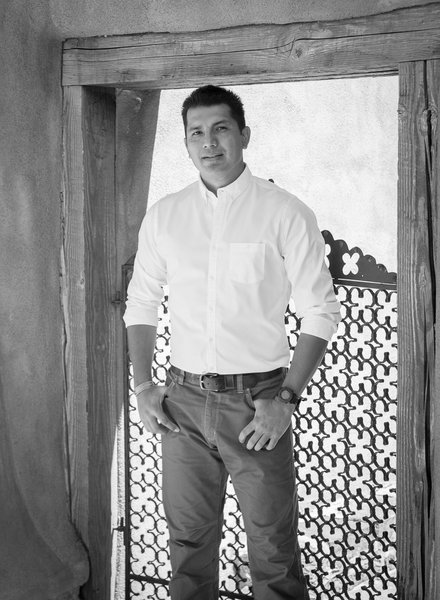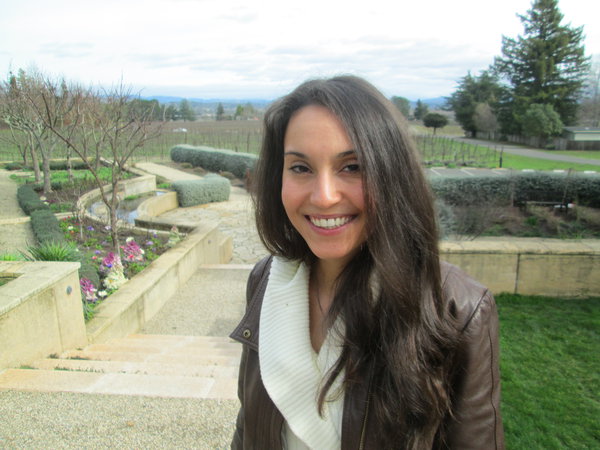Trailblazing an Indigenous Archaeology: New Methodologies
Panelists: Joseph Aguilar, University of Pennsylvania; Dr. Lindsay M. Montgomery, University of Arizona; Timothy Wilcox, Stanford University
IARC Speaker Series, Eric S. Dobkin Boardroom, School for Advanced Research, 660 Garcia Street, Santa Fe
Wednesday, April 5, 2017, 6:00 pm, Admission is free.
In 2000, Professor Joe Watkins published Indigenous Archeology: American Indian Values and Scientific Practice, thus codifying a slowly growing trend toward an archaeology that incorporates indigenous values and points of view. Today, a new generation of archaeologists are redefining the possibilities of the field in a way that is revolutionary. This panel explores the current state of Indigenous archaeology and new projects utilizing these methodologies.
Dr. Robert Preucel is Director of the Haffenreffer Museum of Anthropology and Professor of Anthropology at Brown University. Trained as an anthropological archaeologist, his research interests include archaeological method and theory, indigenous and collaborative archaeologies, and Native American Studies. Since 1995, he has collaborated with Cochiti Pueblo on the study of Kotyiti, a post Revolt Cochiti mesa village.
Preucel has published, edited, or coedited a number of influential books including Contemporary Archaeology in Theory: The New Pragmatism (Wiley-Blackwell, 2010), Archaeological Semiotics (Blackwell, 2006), Native American Voices on Identity, Art and Culture: Objects of Everlasting Esteem (University of Pennsylvania Press, 2005), and Archaeologies of the Pueblo Revolt (University of New Mexico Press, 2002).

Dr. Robert Preucel

Joseph Aguilar
Joseph Aguilar is an enrolled member of San Ildefonso Pueblo, and is a Ph.D. candidate in the Department of Anthropology at the University of Pennsylvania. His primary research focuses on the archaeology of the North American Southwest, with a specific interest in Spanish-Pueblo relations during the late 17th century following the arrival of Spaniards into the Northern Rio Grande region. His general research interests include Indigenous Archaeology, landscape archaeology, postcolonial theory, and historic preservation. A collaborative research project with San Ildefonso, his dissertation research examines pueblo resistance to the Spanish Reconquest efforts in the latter part of the Pueblo Revolt Era (1680-1696) as evident in the archaeological, historical and oral records. In addition to his dissertation research, Joseph has conducted extensive archaeological field work on the Pajarito Plateau for Los Alamos National Laboratory; in Chaco Culture National Historic Park for the University of New Mexico Chaco Stratigraphy Project; in the U.S. Four Corners region for Dinetahdoo CRM; and for Fouilles Préhistoriques, in Le Bourg, Carsac‐Aillac, France. He serves as an archaeological consultant to San Ildefonso for various land development projects, and most recently was in residence as the Katrin H. Lamon Fellow at the School for Advanced Research in Santa Fe.
Dr. Lindsay Montgomery is an assistant professor in the Department of Anthropology at the University of Arizona where she teaches and writes about colonialism, mobility, indigenous knowledge, and cultural landscapes. Before joining the University of Arizona faculty, she held a post-doctoral fellowship at the Denver Museum of Nature and Science, working alongside Dr. Chip Colwell to co-author a manuscript on the history of Indian Education among the Hopi, Lakota (Sioux), Cheyenne-Arapaho, and S’Klallam tribes. Dr. Montgomery received a Bachelor’s degree in Anthropology and Human Rights from Columbia University and completed her Ph.D. in anthropological archaeology from Stanford University in 2015. Her dissertation research focused on Ute, Apache, and Comanche encampment practices and iconographic traditions in the Rio Grande region during the seventeenth and eighteenth centuries. Her current research explores how Comanche and Ute place-names, oral history, and place-based practices articulate with the archeological record in New Mexico.

Dr. Lindsay Montgomery
Timothy Wilcox is Dine’ and Ohkay Owingeh Pueblo and is a PhD candidate in the anthropology department at Stanford. His research interests focus on communities of practice and technological style of ceramic production in the Dinetah area of northwest New Mexico, during the Pueblo Revolt period. Timothy’s dissertation, titled, “Gobernador Polychrome: the Emergence of Navajo Painted Ceramics,” focuses on the production of pueblo-like painted pottery by the non-Puebloan Navajo people. His research seeks to understand this emulation in terms of its role in the gathering of the clans, recanted in Navajo oral traditions, the concept of K’e (social relationships), and the post revolt political climate.